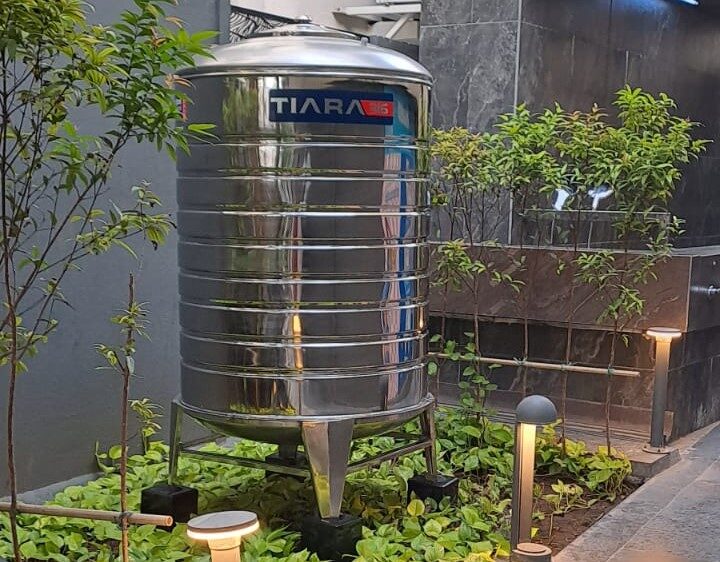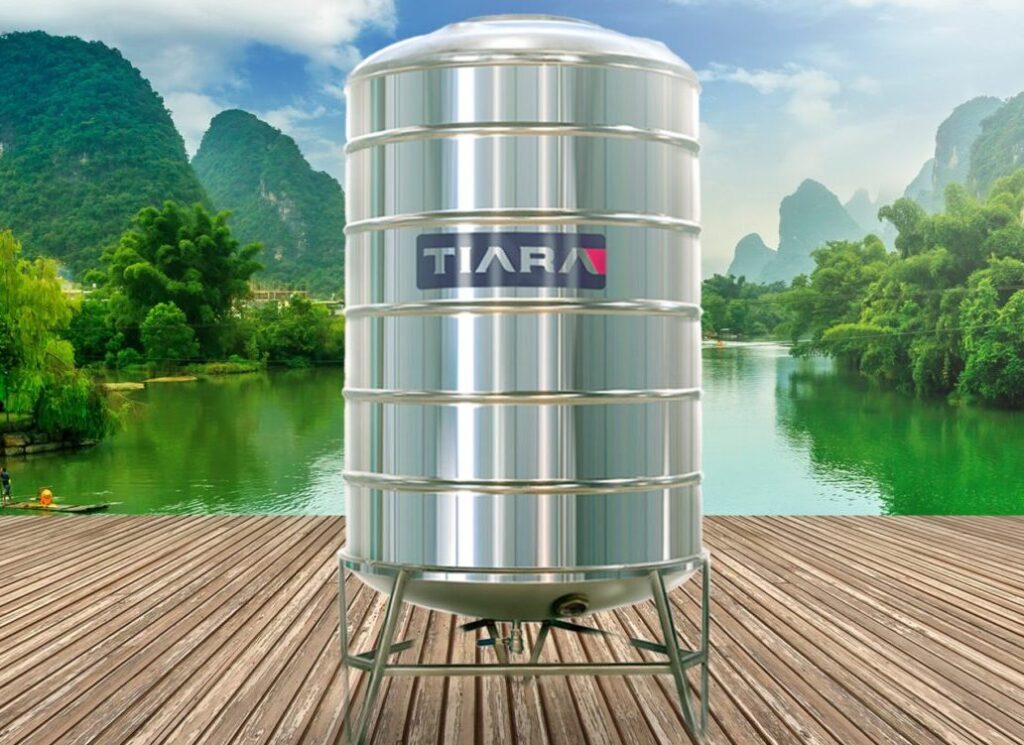
In the quest for sustainability, the materials we choose for essential infrastructure play a pivotal role. Among these materials, stainless steel is emerging as a top contender for water tanks due to its remarkable environmental benefits. As concerns about water quality and environmental impact grow, stainless steel water tanks offer a compelling solution that aligns with sustainable practices. Here’s why opting for stainless steel tanks can be a responsible choice for both the environment and our communities.
Longevity and Durability
One of the primary advantages of stainless steel water tanks is their exceptional durability. Unlike other materials that may degrade or corrode over time, stainless steel is highly resistant to rust and corrosion. This resilience ensures that stainless steel tanks have a significantly longer lifespan, often exceeding 50 years. By reducing the frequency of replacements, these tanks minimize waste and the environmental impact associated with manufacturing and disposing of shorter-lived alternatives.
Recyclability and Reduced Waste
Sustainability isn’t just about the initial environmental footprint; it also involves considering the end of a product’s life cycle. Stainless steel stands out for its high recyclability. It is 100% recyclable and can be reprocessed without losing its quality or integrity. This closed-loop recycling process means that, at the end of its life, a stainless steel tank can be fully recycled into new products, thus diverting waste from landfills and reducing the need for virgin materials.
Minimal Maintenance and Chemical Resistance
Stainless steel’s inherent resistance to chemicals and impurities reduces the need for frequent maintenance or replacements. This not only prolongs the tank’s life but also ensures that water stored within remains uncontaminated. By preserving water quality, stainless steel tanks contribute to a safer and more reliable water supply. The reduced need for chemical treatments or replacement parts further lessens the environmental impact.

Energy Efficiency in Production
The production of stainless steel, while initially energy-intensive, is offset by its long-term benefits. Modern stainless steel production processes have become increasingly energy-efficient, reducing the carbon footprint associated with manufacturing. Additionally, the longevity and recyclability of stainless steel mean that the overall environmental impact over the product’s lifecycle is significantly lower compared to many alternatives.
Contribution to Sustainable Development Goals
Stainless steel water tanks align with several of the United Nations’ Sustainable Development Goals (SDGs). Their durability and recyclability contribute to responsible consumption and production (SDG 12) and help ensure clean water and sanitation (SDG 6). By choosing stainless steel, communities are making a conscious effort to support sustainable infrastructure and environmental stewardship.
Conclusion
Incorporating stainless steel water tanks into our infrastructure represents a forward-thinking choice for sustainability. Their long lifespan, high recyclability, minimal maintenance needs, and reduced environmental impact during production make them a viable option for those committed to environmental responsibility. As we continue to seek ways to reduce our ecological footprint, stainless steel water tanks stand out as a practical and eco-friendly solution, offering both immediate and long-term benefits for our planet.


